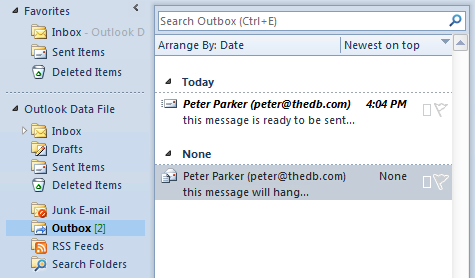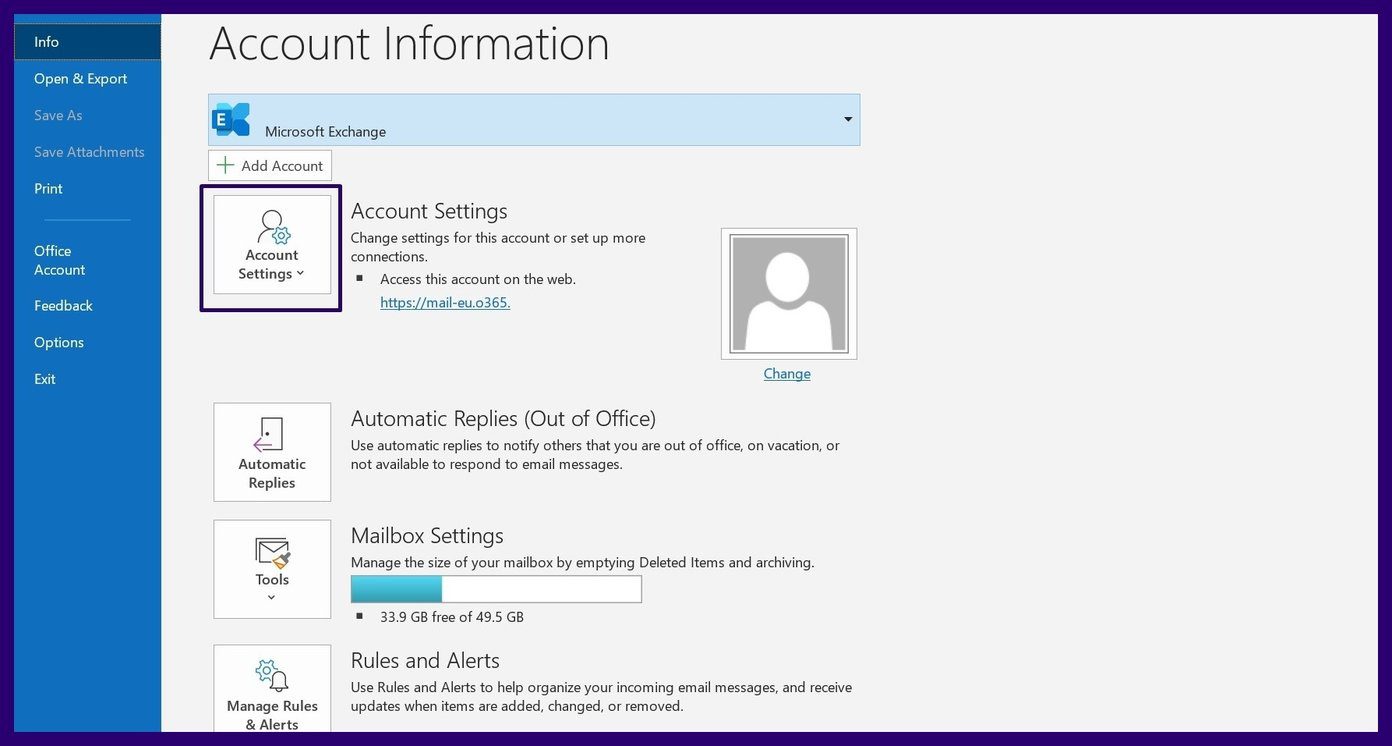

Microsoft Exchange Server 2010 Service Pack 2 Update Rollup 4 or later These configurations do not require the DelegateSentItemsStyle registry key to be enabled, therefore the issue will not occur. If the methods provided in the Resolution section are not acceptable, and if your mailbox is located on Microsoft Exchange Server 2010 Service Pack 2 Update Rollup 4 or later version, or Exchange Server 2013 Cumulative Update 9 or later version or Office 365 Exchange Online, the Exchange administrator can configure similar behavior on the server.

Select the Exchange Server account, and then select Change.In the E-mail Accounts dialog box, select View or change existing e-mail accounts, and then select Next.On the Tools menu, select E-mail Accounts.Under Microsoft Exchange server, select to select the Use Cached Exchange Mode check box.On the E-mail tab, select the Exchange Server account, and then select Change.On the Tools menu, select Account Settings.

On the E-mail tab, select your Exchange Server account, select Change, and then enable the Use Cached Exchange Mode option.On the File tab, select Account Settings, and then select Account Settings.If you must have the functionality that is offered by the DelegateSentItemsStyle registry value (=1), your other option is to change your profile from online mode to cached mode. Method 2 - Change your profile to cached mode In this key path, the placeholder represents 16.0 for Outlook 2016, Outlook for Office 365 and Outlook 2019, 15.0 for Outlook 2013, 14.0 for Outlook 2010, 12.0 for Outlook 2007, and 11.0 for Outlook 2003.


 0 kommentar(er)
0 kommentar(er)
